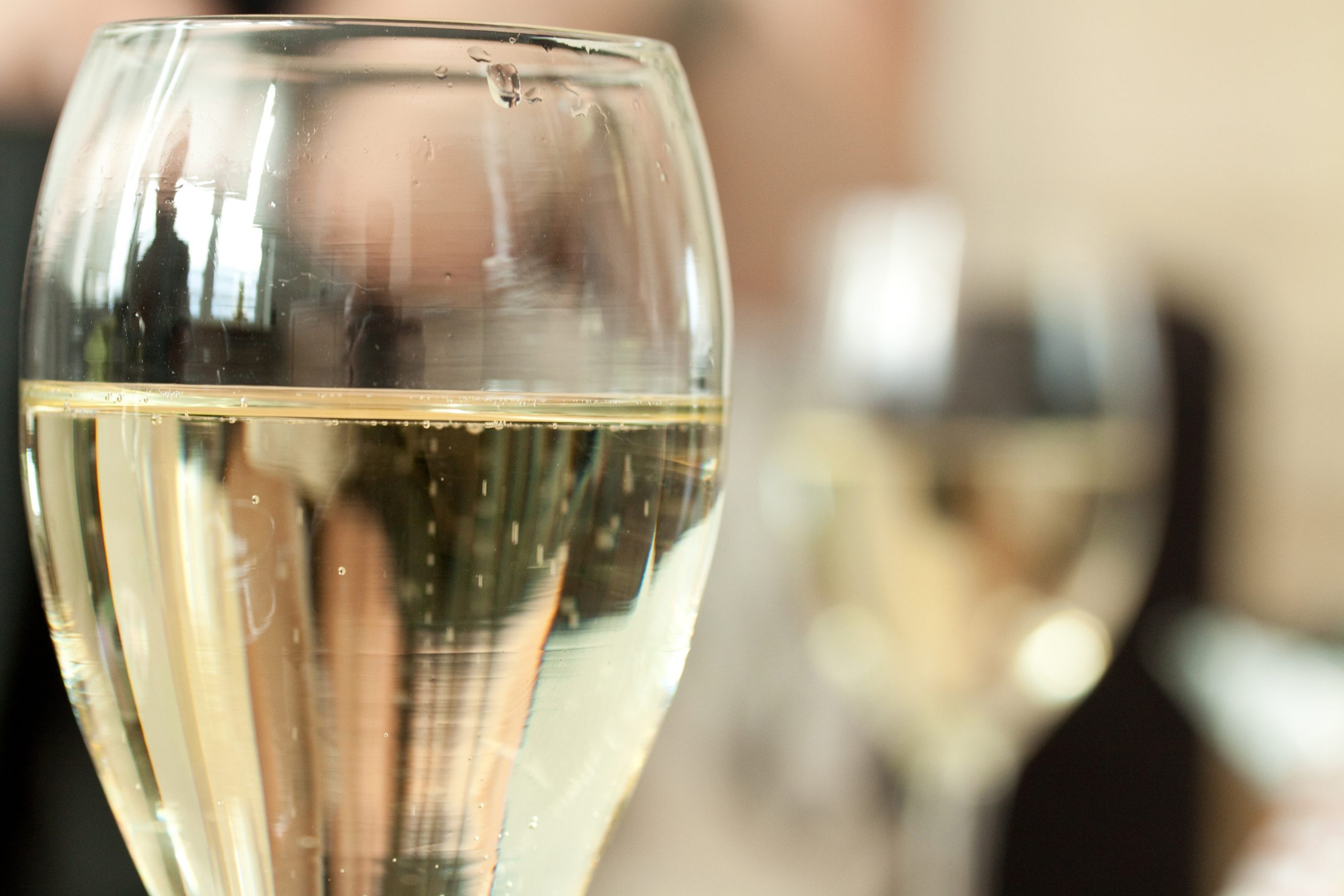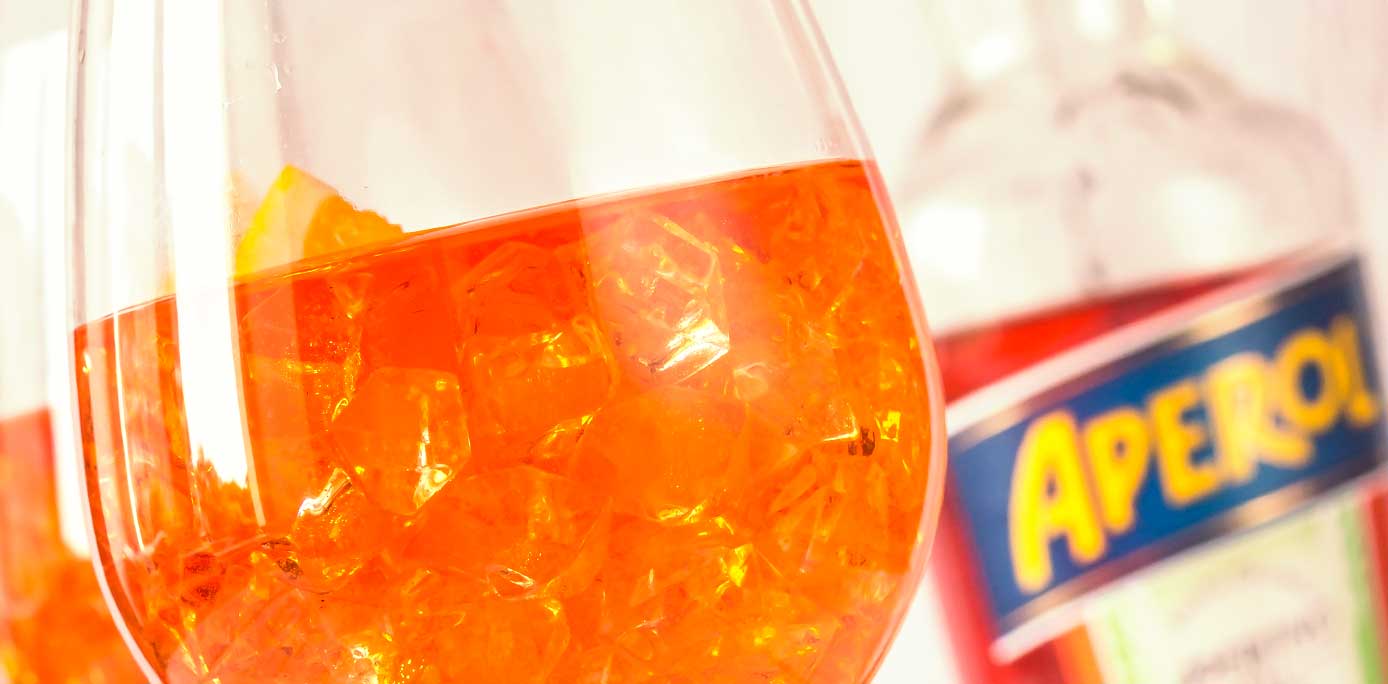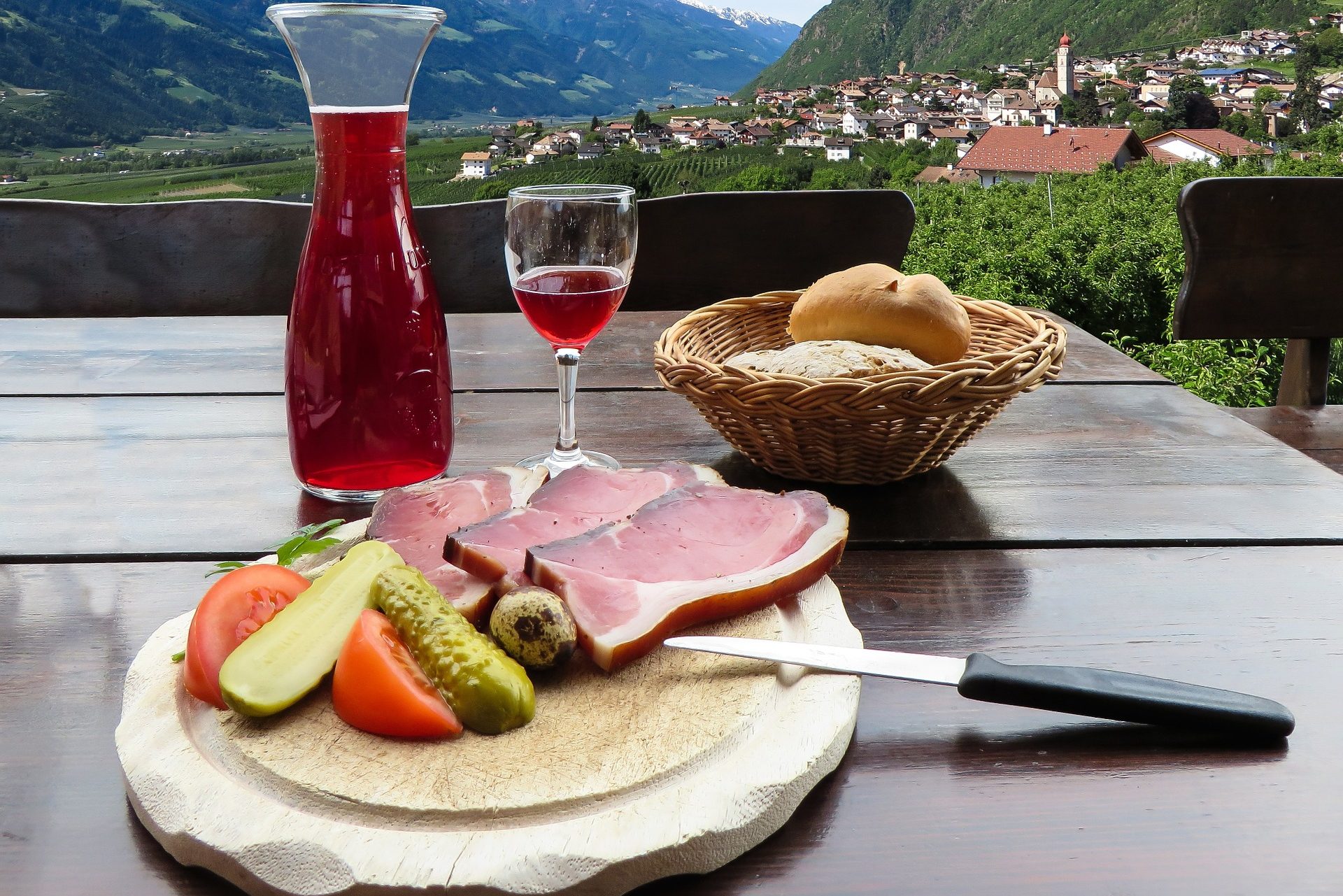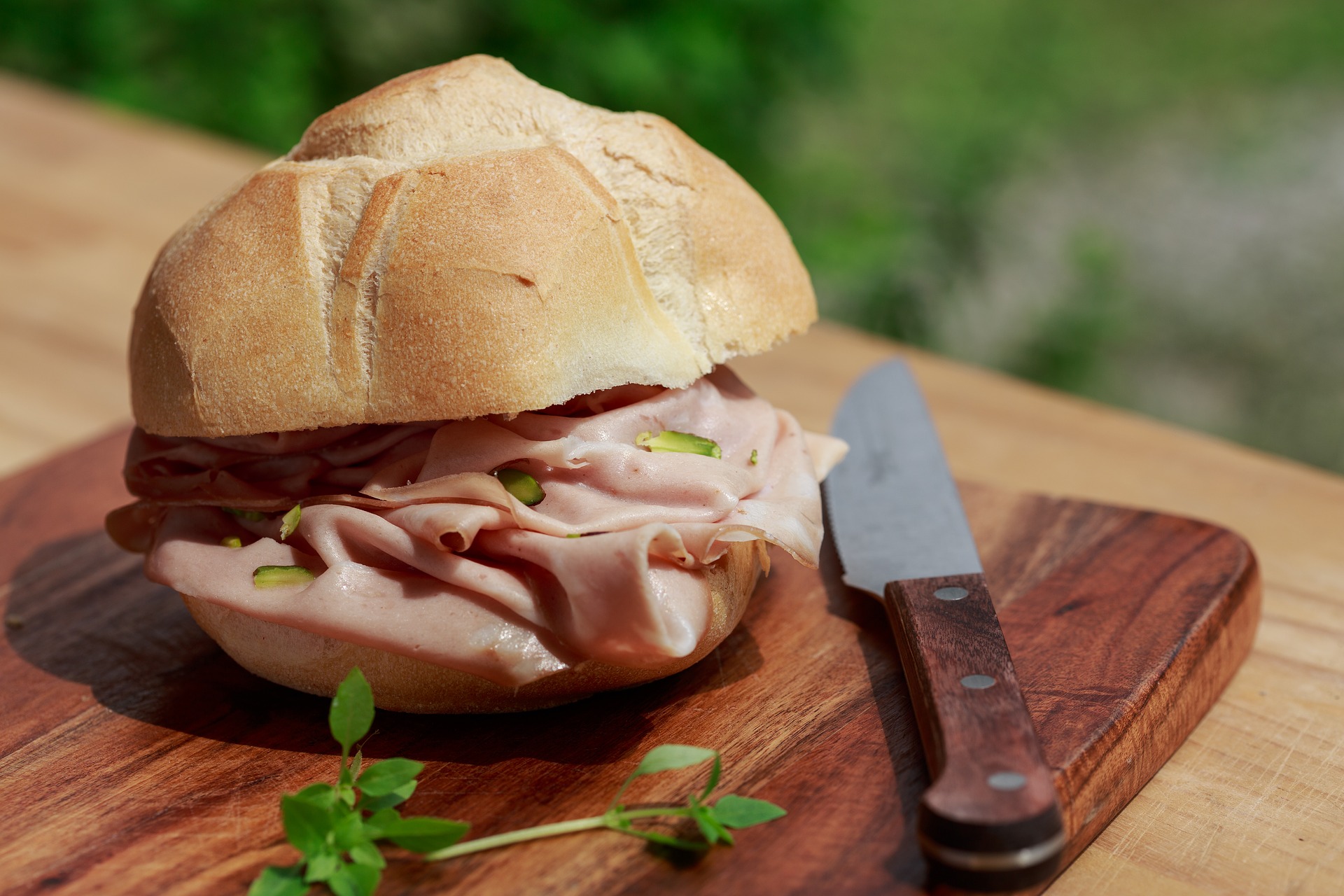Ubiquitous dousing of the stuff upon chicken wings, unrestrained squirtings over international food plates, smothering squeezes atop gourmet burgers.
That’s how it began, just like that.
And then, one day, irresistible and delicious, Sriracha addiction had claimed another.
I was hooked.
My name is Joel. And I am a Sriracha addict.
But, it was not until I encountered Sriracha as a pizza topping that I knew the time had come to face the inevitable question.
What’s an Italo-oenophile-Sriracha-junkie to drink with the spicy obsession?
Wikipedia tells us that Sriracha is a smooth, “… hot sauce or chili sauce made from a paste of chili peppers, distilled vinegar, garlic, sugar, and salt. It is named after the coastal city of Si Racha, in Chonburi Province of eastern Thailand.” The fact is that Sriracha has taken the popular food scene by condiment storm, condi-mania, one might say. That the main producer of Sriracha sells it in easy-to-use squeeze bottles makes taking a hit of the peppery heat ever so straightforward and accessible.
To good result, with Sriracha, I have fired-up the likes of deviled eggs, up’ed the flavor factor of roasted pork and porchetta, BBQ, and spaghetti aglio e olio. A healthy squirt did everything to increase the already interesting personality of a panino of sausage, peppers and onions. An avocado cheddar melt (thank you Twitter pal @GnoccoFritto) did not resist improvement under lashings of the stuff. Grilled fish, shrimp with a spray of lime, even a Sunday marinara, all took their squirts like men (or ladies, if you prefer). A bacon burger covered with onions and gorgonzola cheese gained confidence when pushed “over the top” by the zesty tang.
Sparkling Italian wines are my slam dunk when it comes to chow time where Sriracha is a prominent flavor. Broadly speaking, their characteristic fruitiness, perhaps a touch of residual sugar, low to moderate alcohol, good acidity, and low tannins allow Italy’s sparkling wines to marry well with Sriracha’s heat and background flavors. Best of all: Italy’s sparkling wines generally present great value for money.
Italy’s wealth of native wine grapes includes many that are exceptionally suited to producing excellent sparkling wines. A few suggestions to get you dialed-in:
Pignoletto, aka Grechetto di Todi, is considered native to Emilia-Romagna. Thanks to its crisp acidity, the grape variety makes excellent ‘frizzante’ wines with floral aromas, notes of golden apple and lemon, real crowd pleasers, actually. Colli Bolognesi Pignoletto DOC is a great bet, as would be one of Emilia IGP.
Brachetto is a variety grown in Italy’s north in Piemonte and one perhaps familiar to you already by way of the wine known as Brachetto d’Aqui. Brachetto typically makes lighter bodied wines with flavors of raspberries and cherries, notes warm spice. It can be used to make sparkling wines (and still wines), too. One recently tasted and delicately sweet example combined a bit of Freisa for body and acidity, offering floral aromas, spice, and flavors of plum and fig.
The aromatic native grape variety Malvasia di Candia Aromatica – not to be confused with the non-aromatic Malvasia Bianca di Candia – is found in Emilia-Romagna as well as Lombardy and Lazio and can make top-quality dry sparking white wines that present exceedingly fresh aromas, delicate, with tight acidity.
Once better known as Prosecco (the term Prosecco is now used only to describe the wine), Glera grows mainly in the Veneto and though recently renamed, is still used today to make Prosecco, the wine. Well-made Prosecco brings fruity notes of peach and apple, as well as floral scents.
One might also consider one of the Lambrusco wines – remember, Lambrusco refers not to a single grape variety but rather to a family of grapes, mainly from Emilia-Romagna, so we need to be specific when talking about them. I direct you to the magnificent Lambrusco di Sorbara, light and vividly floral. On the other end of the spectrum, check out the fuller-bodied, dark cherry and plum character of Lambrusco Grasparossa.
Never one to waste my vino, I’ve even enlisted yesterday’s leftover wine, red or white, mixed to taste with Pellegrino sparkling mineral water for a wine spritz that provides a satisfying accompaniment to dishes with Sriracha flavor.
My baseline food / wine pairing advice is, “…what you like to drink, with what you like to eat.” That said, I do acknowledge that some food and wine pairings do make for memorable moments. I cannot deny that Italy’s sparkling wines make the Sriracha habit even more delicious. Or maybe… they are just what I like to drink.
Tasting Note:
Lusenti Malvasia Emiliana, Colli Piacentini DOC
Bottled with natural yeasts from lees, Lusenti’s Malvasia Emiliana is earthy, delicate yet complex and full of flavor with notes peach, apple and pear.































